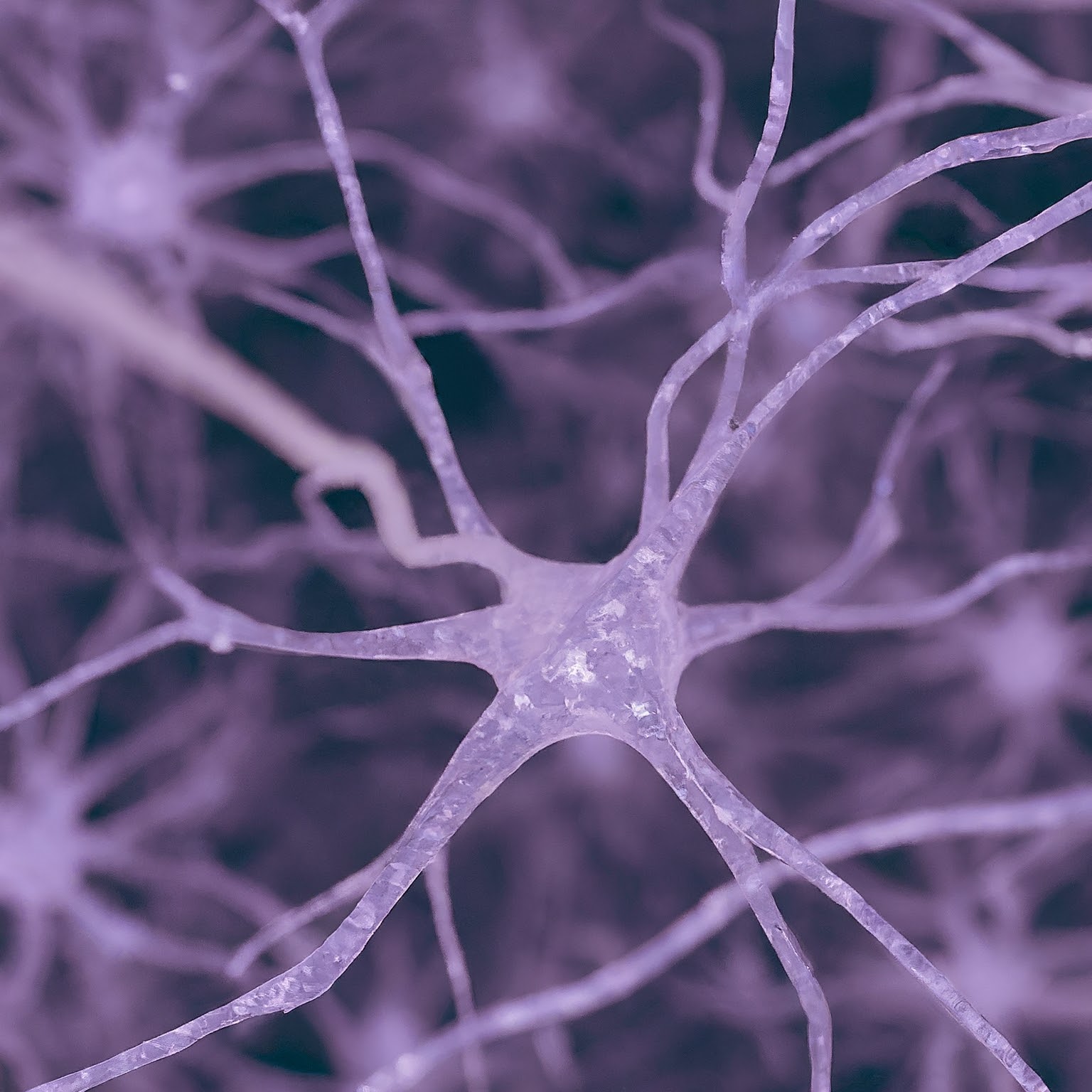Numerous cell types, ranging from well-known neurons to less well-known microglia, are found in the brain. The latter serve as the brain’s cleanup crew and are essential to the immunological system of the brain. In cooperation with colleagues from France, Hungary, and Germany, researchers from the University Hospital Bonn and the Luxembourg Centre for Systems Biomedicine (LCSB) at the University of Luxembourg recently demonstrated that microglia connect to neurons via tunnelling nanotubes. The scientists noticed that microglia use these tubes to help remove harmful proteins from neurons and support the health of neurons. According to these results, this process is essential in slowing the development of neurodegenerative illnesses.
Their findings were published in the journal Neuron.
Alzheimer’s disease, frontotemporal dementia, and Parkinson’s disease are among the neurodegenerative diseases that are characterized by the buildup of abnormal proteins. Alpha-synuclein and tau are two examples of proteins that can aberrantly congregate inside neurons, impairing vital biological processes.
We knew that microglia play a role in clearing these protein aggregates but we only learned recently that they can form tunnelling nanotubes, long extensions that can connect distant cells in the brain. With this study, we wanted to better understand the transfer of cargo between neurons and microglia via these nanotubes and explore the consequences of this exchange for cellular health, explains Prof. Michael Heneka.
Using advanced imaging techniques, the researchers utilised cultures of human stem cells or mouse models’ neurons and microglia to show that microglia attach themselves to neurons via tunnelling nanotubes (TNTs) to protect them from harmful protein buildups. Furthermore, the microglia transplant healthy mitochondria, the cell’s powerhouses, to damaged neurons, greatly lowering oxidative stress, re-establishing essential activities, and eventually saving these nerve cells.
The scientists used live cell imaging microscopy to watch how connections were made between microglia and neurons.
Further research is needed to understand the formation and function of TNTs in detail, but it was thrilling to observe that microglia play an active role in maintaining neuronal health and supporting neurons in times of need, explains Dr Hannah Scheiblich.
The researchers also noticed that when harmful proteins accumulated in neurons, there were more TNTs linking the two cell types in co-cultures of microglia and neurons. These nanotubes also carried tau and alpha-synuclein particles. Instead of the other way around, the diseased proteins were moved from neurons to microglia and gradually deteriorated there. The findings demonstrated not only that microglia can efficiently protect neurons from toxic protein loads but also that, through the use of TNTs, they may move mitochondria in the direction of injured neurons.
An essential part of every cell is its mitochondria, which can malfunction and cause oxidative stress and energy deficiencies. In neurodegenerative illnesses, tau and alpha-synuclein both can reduce mitochondrial activity, which leads to neuronal malfunction and death. Surprisingly, the scientists observed that the transfer of healthy mitochondria by microglia to the damaged neurons resulted in the restoration of energy production and a decrease in oxidative damage, hence protecting the survival and functioning of the neurons.
Also, Read| Research identified brain circuits for placebo effect pain relief
Altogether, our results imply that microglial TNTs directly promote neuronal health and can slow the onset of dementia by removing protein clumps from neurons and transferring functional mitochondria.
The researchers next looked at whether the creation of tunnelling nanotubes and the TNT-based rescue mechanisms were affected by genetic abnormalities that are known to be linked to neurodegenerative disorders. They found that mutations affecting the LRRK2 and Trem2 genes, which are associated with frontotemporal dementia and Parkinson’s disease, respectively, either hampered the delivery of functioning mitochondria or decreased the clearance of aggregates. Furthermore, changes associated with Parkinson’s disease in the gene Rac1 may similarly impact TNT production and function.
These findings provide new avenues for the potential involvement of known genetic abnormalities in neurodegenerative disorders. These genetic variations impair TNT-mediated neuroprotective processes, which in turn hinders microglia from providing neurons with efficient support. By focusing on these genes, it could be possible to improve TNT production and stimulate transfer through these nanotubes, which could slow the advancement of some neurodegenerative illnesses.
Source: University of Luxembourg News
Journal Reference: Scheiblich, Hannah et al. “Microglia rescue neurons from aggregate-induced neuronal dysfunction and death through tunneling nanotubes.” Neuron, S0896-6273(24)00491-4. 23 Jul. 2024, DOI: 10.1016/j.neuron.2024.06.029.
Last Update:







